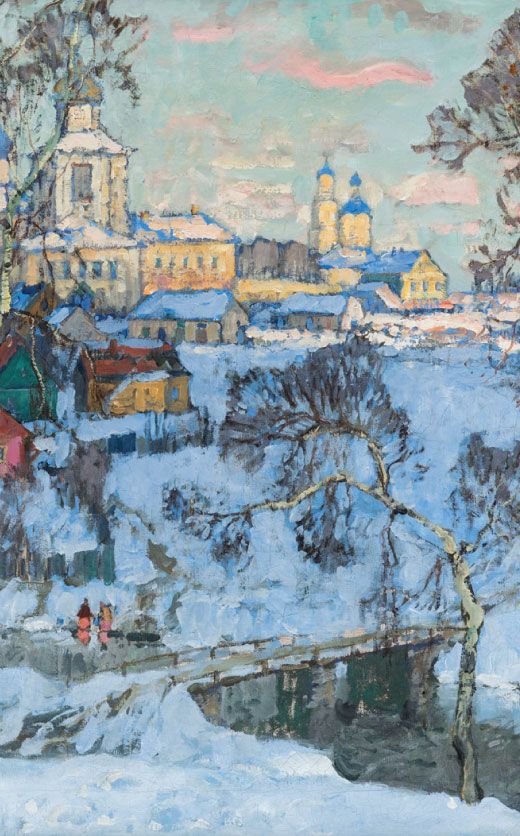Silver, Enamel, and Bone Indoor Cane
Lot 73
About Seller
Kimball Sterling
125 West Market Street
Johnson City, TN 37604
United States
Family-owned and family-run Johnson City Tennessee auction business for 25 years. Selling antiques and collectables for 38 years. Kimball M. Sterling, Inc. was founded and is owned by Kimball and Victoria Sterling, time and again, they have laid solid claim to world-wide attention and renown with an...Read more
Estimate:
$600 - $900
Absentee vs Live bid
Two ways to bid:
- Leave a max absentee bid and the platform will bid on your behalf up to your maximum bid during the live auction.
- Bid live during the auction and your bids will be submitted real-time to the auctioneer.
Bid Increments
| Price | Bid Increment |
|---|---|
| $0 | $10 |
| $100 | $25 |
| $500 | $50 |
| $1,000 | $100 |
About Auction
By Kimball Sterling
May 24, 2025
Set Reminder
2025-05-24 11:00:00
2025-05-24 11:00:00
America/New_York
Bidsquare
Bidsquare : Masterpiece Cane Auction
https://www.bidsquare.com/auctions/kimball-sterling/masterpiece-cane-auction-19479
A European Masterpiece Cane Auction Kimball Sterling kimballsterling@earthlink.net
A European Masterpiece Cane Auction Kimball Sterling kimballsterling@earthlink.net
- Lot Description
Ca. 1900 Oval-shaped knob consisting of a wider engine-turned silver and enamel central part with a plain and bold marine ivory top and matching collar. The wider silver part is entirely engine turned, pale azure enameled, and embellished with underglaze micro painted rose garlands in shaded pink and green hanging on navy blue knotted ribbons. Slender gold bands protect its edges and ensure a smooth transition to the flaring ivory top and bottom. Besides the challenge for the silversmith, enameller, and tooth carver, this knob also creates quite a few problems with its fitting to an appropriate shaft, as an oval and round tapering shape is the recurring nightmare of every hard wood turner. Consequently, the knob comes on a 10 ½” tall dark stained fruitwood stem to extend down with a matching round shaft and a horn ferrule. Luxurious indulgence is apparent in the profile of this cane, which comes with a protective, custom-made, and hinged, dark red, velvet, and silk-lined etui to the handle. It was made to different standards and styles, mixed the right ingredients, and survived intact. The overall flavor of the knob as well as its engine turning and enameling hint at the legendary workshops of Georg Adam Scheid, one of the most recognized silversmiths and enamellers worldwide. H. 2 ½” x 1 ½”, O.L. 38” $600-$900 Georg Adam Scheid, from Vienna (1837–1921), is one of the most recognized silversmiths, niello masters, and enamelers worldwide. At the age of 15, he went to Pforzheim, where he completed an apprenticeship and was sent back to Vienna as a sales representative in 1858. There, he founded his first company in 1862. Scheid has been producing high-quality silver and gold jewelry as well as luxury items that have been exported to all of Europe for more than 50 years, with around 300 employees in his factory in Gumpendorfer Straße 85. Sales outlets were in Vienna, Budapest, Paris, St. Petersburg, and Istanbul. The most famous works of Scheid are related to the Austrian secessionist movement and took advantage of the collaboration with famous artists such as Koloman Moser, Josef Hoffmann, and Josef Maria Auchentaller. He was not only a great artist but also a very successful businessman and an influential figure in Viennese society in the golden age of the Austro-Hungarian Empire at the end of the 19th century.
- Shipping Info
-
Each auction has different shipping terms but the buyer always pays.
Canes:
After payment has been received we will contact you.
-
- Buyer's Premium



 EUR
EUR CAD
CAD AUD
AUD GBP
GBP MXN
MXN HKD
HKD CNY
CNY MYR
MYR SEK
SEK SGD
SGD CHF
CHF THB
THB

















